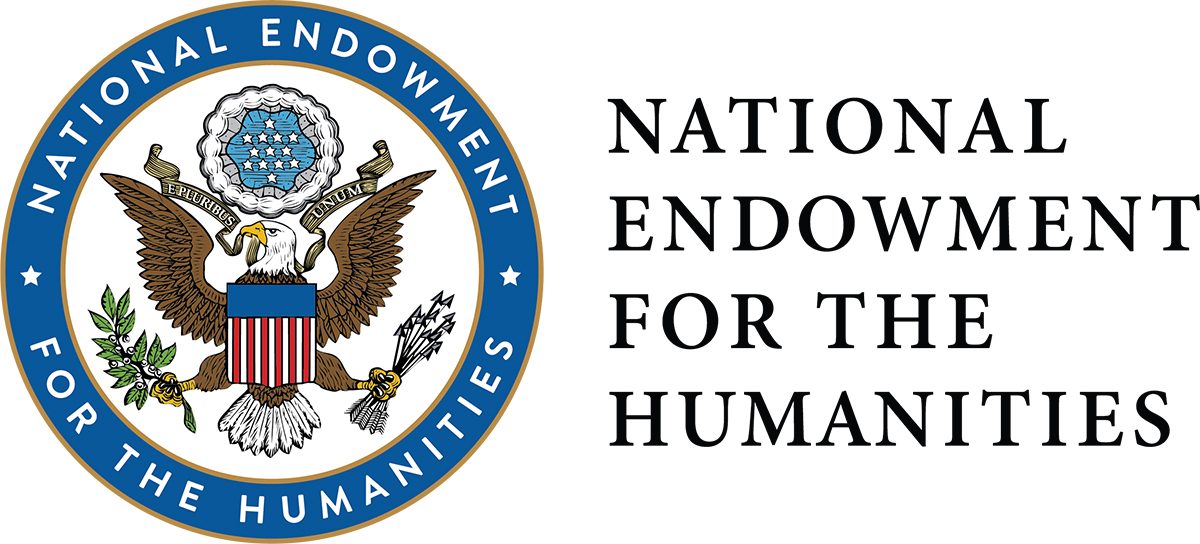FUNDING CUTS IMPACT CT HUMANITIES: Help CT Humanities navigate recent funding cuts and continue our vital work across Connecticut. All donations made to CTH will be matched dollar-for-dollar up to $50,000. Donate today!
Now Viewing:
Groton
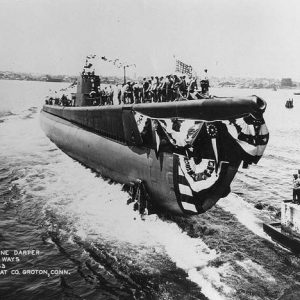
Electric Boat: From Innovation Trials to WWII Submarine Leadership
US submarines accounted for 63 percent of all Japanese ships sunk during WWII—Electric Boat’s vessels were responsible for a significant number of these successful outcomes.
Read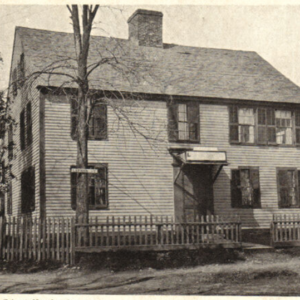
The Ebenezer Avery House – Who Knew?
The Ebenezer Avery House in Groton once served as a hospital for the wounded after the Revolutionary War’s Battle of Groton Heights on September 6, 1781.
Read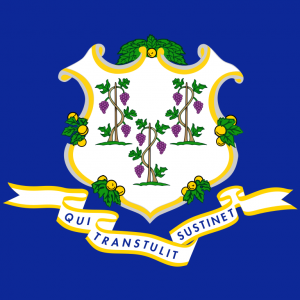
Connecticut’s Official State Flag – Who Knew?
While Connecticut used variations of flags for state functions, the legislature did not adopt an official state flag until 1897.
Read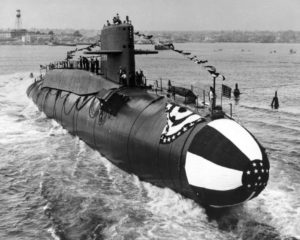
USS George Washington Launched – Today in History: June 9
On June 9, 1959, the first nuclear-powered, ballistic-missile submarine, the USS George Washington (SSBN 598), was launched at Groton.
Read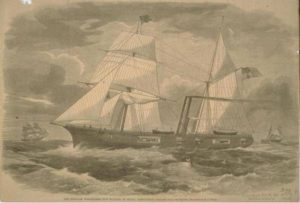
Ironclad Commissioned – Today in History: April 21
On April 21, 1862, the USS Galena was commissioned with a crew of 160 men.
Read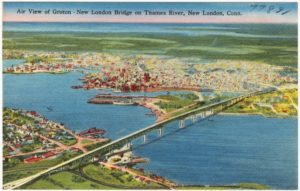
I-95 Reaches New London
The arrival of I-95 to New London brought tremendous change to the city’s infrastructure, as well as to its businesses and neighborhoods.
Read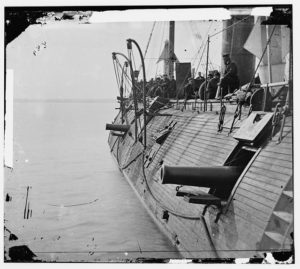
Mystic-built USS Galena Part of Plan to Strengthen Union Navy
This 950-ton, steam-propelled gunboat took fire from critics and Confederates during the Civil War.
Read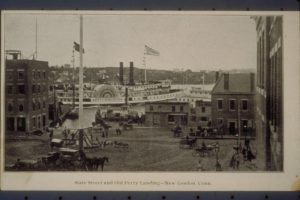
New London’s Ferries: A Transportation Tradition
For more than three centuries, ferry service has provided vital transportation to residents and businesses around New London.
Read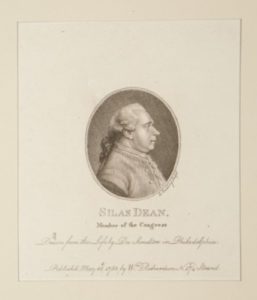
The Rise and Fall of Silas Deane, American Patriot
Esteemed by his fellow patriots as a savvy diplomat who helped cement a strategic alliance with France during the American Revolution, Deane spent his final years under a cloud of suspicion.
Read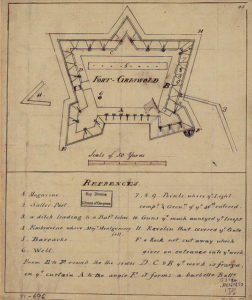
Fort Griswold Attacked – Today in History: September 6
On September 6, 1781, British forces overtook Fort Griswold and killed many of the Patriots who had surrendered.
Read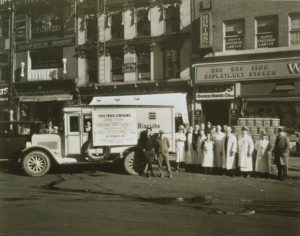
Oystering in Connecticut, from Colonial Times to the 21st Century
Why tasty Crassostrea virginica deserves its honored title as state shellfish.
Read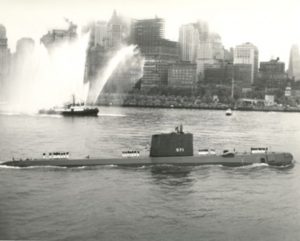
USS Nautilus Passes Under North Pole – Today in History: August 3
On August 3, 1958, the USS Nautilus (SSN-571) made history by becoming the first ship to pass underneath the North Pole.
Read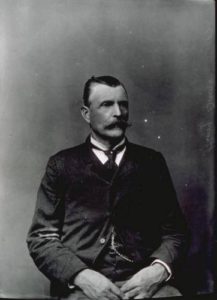
Cleopatra’s Needle and Groton’s Captain Davis – Who Knew?
Cleopatra’s Needle, the Egyptian obelisk erected in Central Park across from the Metropolitan Museum of Art, arrived safely from Egypt due to the ingenuity of Noank’s Henry E. Davis.
Read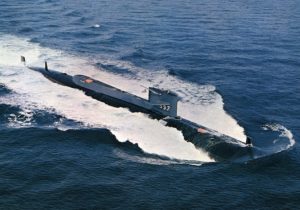
USS Tullibee – Today in History: April 27
On April 27, 1960, the USS Tullibee, the first atomic submarine to use turbo-electric propulsion, was launched.
Read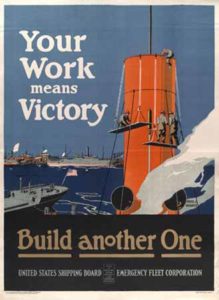
Freighter Worcester Launched – Today in History: April 5
On April 5, 1919, the freighter Worcester was launched in Groton in support of the war effort for the Emergency Fleet Corporation of the US Shipping Board.
Read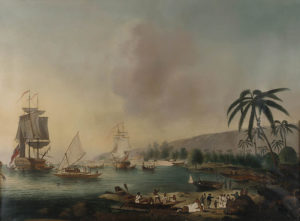
John Ledyard, Connecticut’s Most Famous Traveler
This intrepid voyager, one of the most adventurous figures in Connecticut’s long history, would have made a great fictional character had he not been real.
Read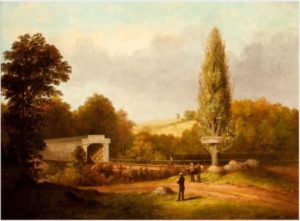
Echoes of the Old World: The Architectural Legacy of Ithiel Town
Ithiel Town was one of the first professional architects in Connecticut and one of the first to introduce the architectural styles of Europe to the United States.
Read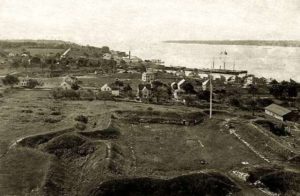
The Battle of Groton Heights at Fort Griswold
East of the Thames River, on Groton Heights, Fort Griswold stands commanding the New London Harbor and the surrounding countryside.
Read
The USS Nautilus: The World’s First Nuclear Submarine
On January 21, 1954, First Lady Mamie Eisenhower launched the world’s first nuclear submarine at the General Dynamics Shipyard in Groton.
Read
Causes of the Pequot War
The outbreak of the Pequot War is best understood through an examination of the cultural, political, and economic changes after the arrival of the Dutch (1611) and English (early 1630s).
Read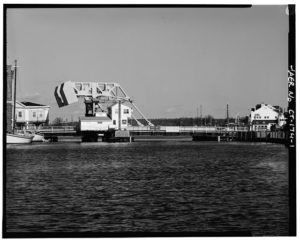
Mystic River Bridge Opens – Today in History: July 19
On July 19, 1922, the Mystic River Bridge spanning the Mystic River in Groton opened to the public.
ReadMore Articles


